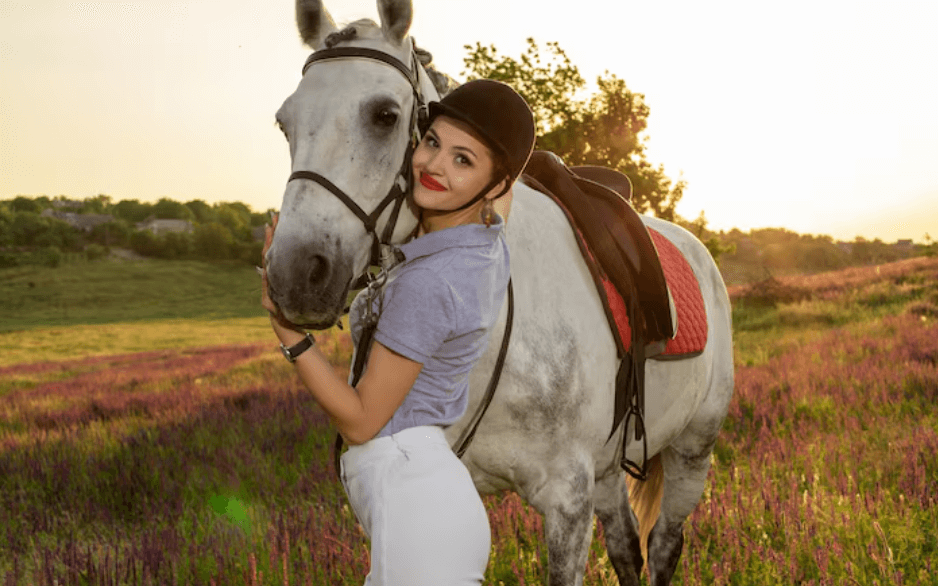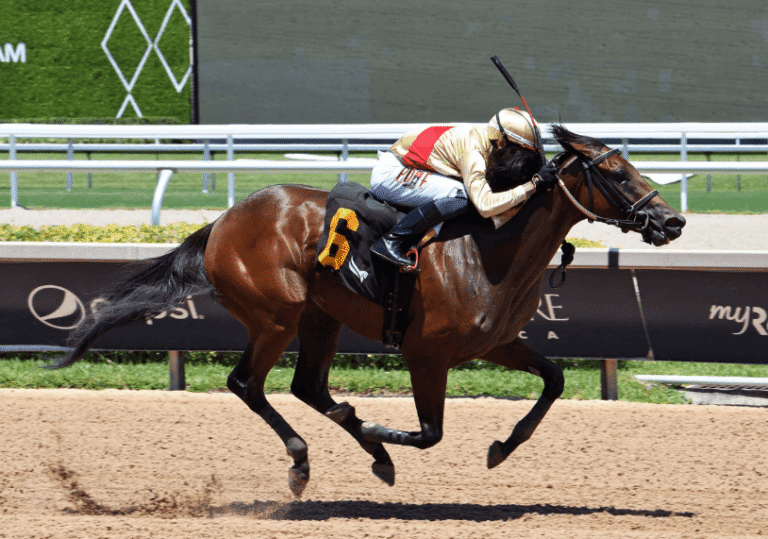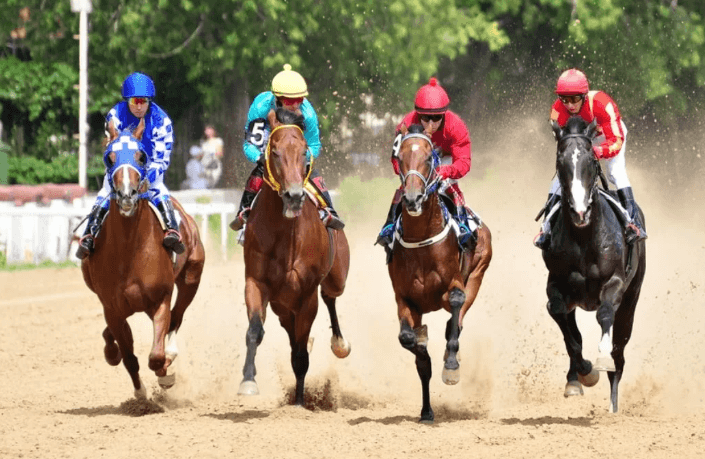Understanding the Physical Needs of Racehorses
The process of conditioning a racehorse requires a multi-faceted approach, focusing on physical training, mental resilience, and nutrition. Each component plays a critical role in enhancing performance. Physical conditioning builds strength and endurance, while mental conditioning equips horses to handle competition stress. Additionally, a well-balanced diet supports energy and recovery. Understanding these elements is essential, yet the intricacies of their interplay reveal deeper insights into achieving peak performance on the racetrack. What lies beneath this surface?
Understanding the Physical Needs of Racehorses
Understanding the physical needs of racehorses is crucial for optimizing their performance and well-being. A tailored exercise regimen enhances muscle strength and cardiovascular endurance, vital for competitive success.
Implementing effective recovery techniques, such as proper nutrition and rest, mitigates injury risk and promotes overall health. Addressing these physical aspects allows racehorses to thrive, aligning with the freedom needed for peak performance on the track.
Mental Conditioning and Its Importance
While physical conditioning forms the foundation for a racehorse’s performance, mental conditioning plays a significant role in maximizing their potential on the track.
Developing mental resilience through focus training enhances a horse’s ability to cope with stress and distractions during races.
Evidence suggests that horses with strong mental conditioning exhibit improved performance, demonstrating the critical interplay between mental preparedness and physical capability in competitive racing.
Nutrition: Fueling the Equine Athlete
Proper nutrition is crucial for optimizing the performance of racehorses, as it directly influences their energy levels, recovery times, and overall health.
Different feed types, including grains and forages, provide essential nutrients, while effective hydration strategies are vital for maintaining stamina.
A balanced diet enhances physical capabilities, facilitating peak performance and ensuring the equine athlete can compete freely and effectively on the racetrack.
Conclusion
In conclusion, conditioning a racehorse is akin to sculpting a masterpiece; every chiseled muscle and refined focus reflects countless hours of dedication. Just as a renowned sculptor meticulously shapes their creation, trainers must harmoniously blend physical training, mental resilience, and nutrition. A study by the University of Kentucky revealed that racehorses with tailored conditioning programs improved their performance by an average of 15%. Thus, the art of conditioning transforms raw potential into a finely tuned athlete poised for success on the racetrack.




